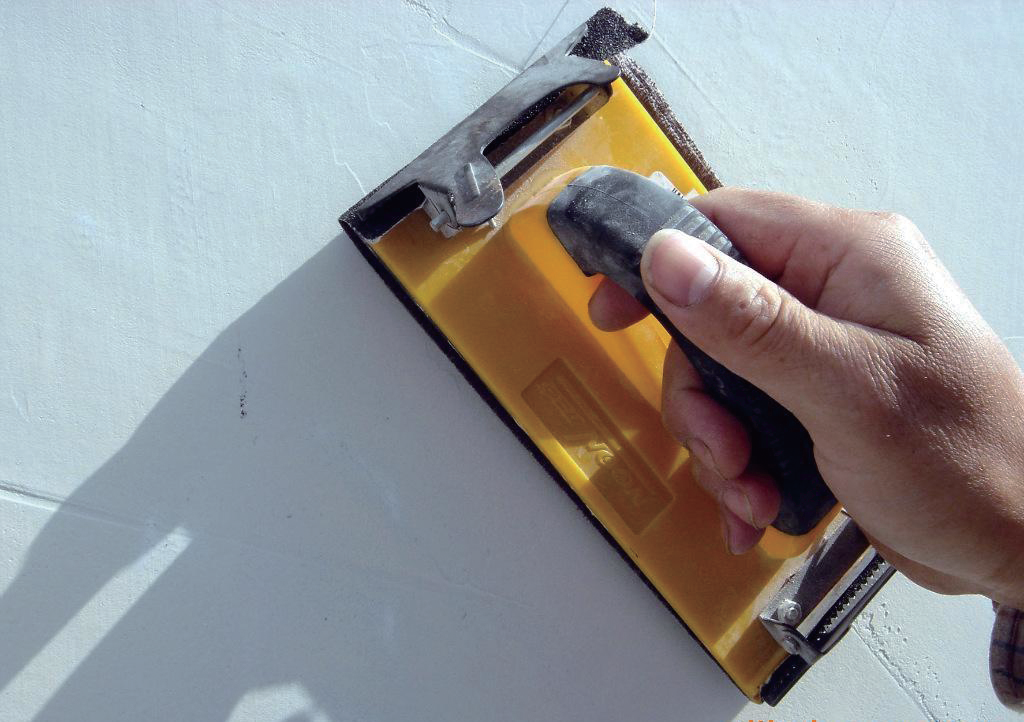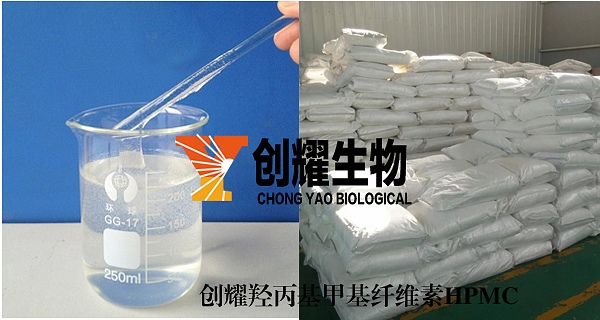Cellulose manufacturers remind that putty should be constructed in dog days
Summer dog days are coming, and more putty construction problems need to be paid more attention!
According to the analysis of cellulose manufacturers, the hottest time of the year comes. The body temperature is as high as 38 ℃, which is amazing. In addition to the high temperature and high wind speed in the north, the putty powder dries on the wall too fast. During decoration, putty shall be applied before wall painting, and the environment for putty construction is that the temperature is within 5-35 ℃, the air humidity is less than 85%, and the alkalinity and moisture content of substrate are less than 10%. Such environmental requirements pose a great challenge to putty construction in summer. Summer weather is hot and humid, and improper putty construction will cause many problems. How to solve various problems?
This requires the putty powder production enterprises and construction parties to jointly overcome the problem of fast drying of putty powder. Putty powder manufacturers should properly adjust the formula of putty powder according to seasonal and other external factors, and add high-quality water retaining agent, such as high-quality pure hydroxypropyl methyl cellulose, high-quality hydroxypropyl starch ether and other water retaining materials. The following focuses on the matters that the construction party should pay attention to during construction.

01 solution for quick drying of putty
[phenomenon] the putty powder dries quickly when mixed in the barrel, which is difficult to construct. After scraping, it cannot be compressed normally or dried too fast after construction.
[cause] the temperature in the construction environment is too high, the humidity is too low, the ventilation is too strong and the sun is directly exposed, and the reaction of the composite materials in the putty is accelerated, resulting in rapid water loss.
Solution
Prevention first, pay attention to the construction environment, avoid construction in high-temperature period and direct sunlight period, and control the ventilation intensity of the construction site. When the base surface is too dry and absorbs water quickly, it is recommended to brush the interface agent or wet the base surface in advance (but there shall be no open water, which is easy to blister).

02 solution for putty scraping, rolling and peeling
[phenomenon] the putty tilts or scales during scraping and pressing.
[cause] the foundation surface is too dry or the temperature at the construction site is too high.
Solution
When the base course is too dry, moisturizing construction shall be carried out to avoid the construction in the high-temperature period of noon. For scraping the peeled putty, the putty shall be removed, and the putty shall be scraped again after brushing the sealing material.
03 putty foaming solution
[phenomenon] bubbles are generated during putty scraping or the surface bubbles after putty scraping.
[cause] the high temperature in summer and the dry base course (or excessive humidity) cause the putty to dry quickly, resulting in bubbles. The surface of the base course is porous structure. The water vapor volatilizes during the drying process of the putty, resulting in bubbles on the surface of the putty.
Solution
The putty shall be fully mixed as required and constructed within the appropriate temperature range. When the base surface is too dry, try to wet it with interfacial agent or clean water in advance and then scrape it in batches. If the putty has bubbles during scraping, it can be compressed when the surface is dry to eliminate bubbles.
04 solution for powder dropping and delamination of putty
[phenomenon] after the construction is completed and dried thoroughly, there is powder dropping by hand, and even peeling occurs between the front and rear putty or between the putty and the base.
[reason] when the putty is constructed at high temperature and dry, the water volatilizes quickly, and there is not enough water to solidify, so it is easy to remove the powder. However, the bottom putty is loose and seriously powdered, and the surface putty is too hard, and drying too fast will cause delamination. In addition, after the exterior wall putty is washed by rain, the binder will be lost, and it is easy to remove the layer after re approval.
Solution:
For construction in high temperature, dry and strong wind weather, it is best to wet the base surface without open water before putty construction. During construction, the pressure shall be compacted and the drying time shall be properly controlled.
Specific analysis of handling conditions:
① After the water-resistant putty of the inner wall is coated with the sealing primer, the strength will increase, and it generally does not need to be treated separately.
② The external wall putty shall be moisturized strictly to avoid direct sunlight. After the surface of the putty is dry, it shall be polished appropriately and sprayed with water for more than 2 times.
③ A thin layer of putty shall be applied on the surface of calendering putty, and calendering treatment shall be carried out in time.
④ The non water-resistant putty must be scraped for the second time after the wall is fixed or the leveling material of the bottom layer is dry, otherwise the sandpaper mark is obvious and easy to break through or block off.
05 solution to crack of putty layer
[phenomenon] cracks occur in the putty layer, which are divided into regular linear cracks, "T-shaped cracks", "reticular cracks", large cracks, irregular short linear cracks, local small cracks, internal corner cracks, and more vertical short linear cracks.
[reason] single pass batch scraping is too thick, drying is too fast, and the surface is dry, but the inside is not dry. Of course, there are many kinds of cracks, mainly including the following:
① There are regular linear cracks, mainly at the joints;
② "T-shaped crack" and "reticular crack" are mainly the cracking of base course;
③ Large cracks and irregular short linear cracks are mainly dry cracks with too thick putty;
④ Local small cracks are mainly local quick drying cracks
⑤ There are many vertical short line cracks at the same time, mainly because the base course is too loose or the corner putty is too hard, too thick and dry;
⑥ The small crack, dry crack and looseness of putty are mainly caused by the quality of putty. Pay attention to the product quality and deployment.
Solution
The loose structure shall be constructed after the structure is stable; If the cement mortar cracks or joints crack, carefully handle the joints in advance and then apply putty; If the putty is seriously cracked, it shall be removed and reapplied.
To sum up, in fact, when applying putty in summer, attention should be paid to preventing excessive ventilation, direct sunlight and high temperature. In fact, summer is a good season for applying putty. To prevent these problems, the most basic solution is to choose a good product. Colorful shell putty is suitable for leveling and repairing internal and external walls of buildings. It can be used in combination with various architectural exterior wall coatings to ensure the decoration and protection performance of the coatings and avoid the cracking and peeling of paint film caused by substrate problems. Cellulose manufacturers remind: in summer, putty powder manufacturers should add more additives with good water retention effect, such as hydroxypropyl methyl cellulose HPMC and hydroxypropyl starch ether, which are good water retaining agents, and the formula can be adjusted appropriately according to the actual situation.
{aspcms:comment}





